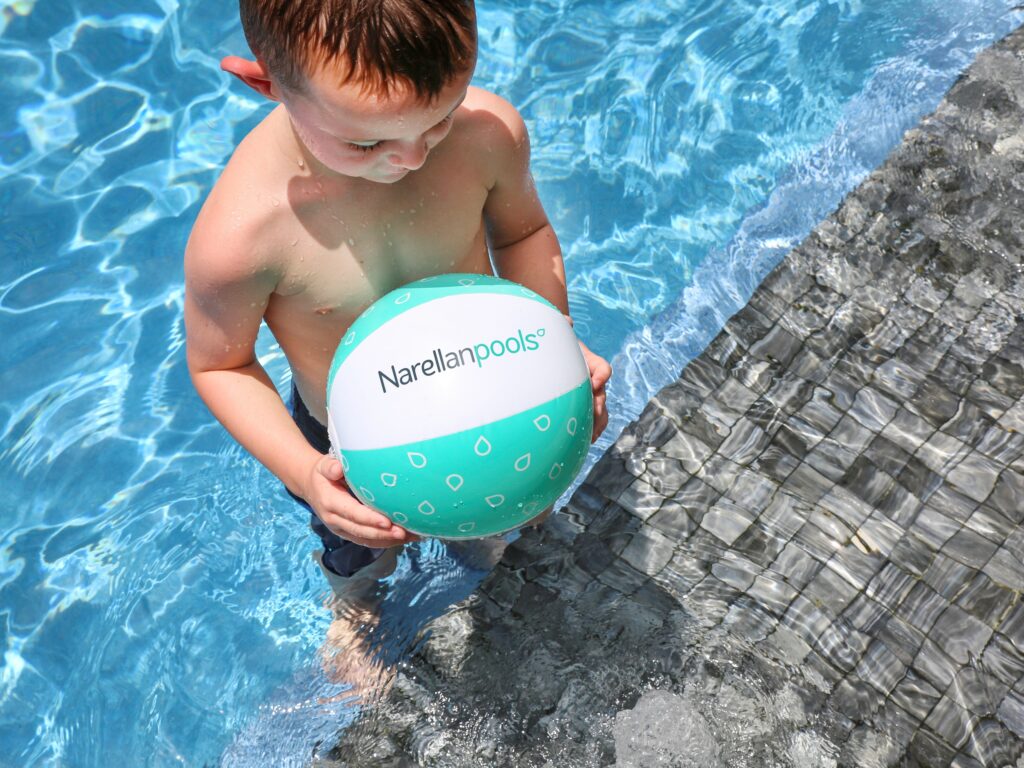
Narellan Pools has just revealed fresh new branding. The modern livery is designed to reflect the pool building firm’s ethos and progressive approach to business.
Chris Meyer, Narellan Pools group managing director, says “Our fresh new look better communicates what Narellan Pools stands for; world class swimming pools delivered with a local service and a personal touch.
“It’s taken our branding to the next level. I think we have a significant point of difference in the marketplace around client experience in what is traditionally a tradesman-based industry. This is one of the things that has propelled the business forward.”
So what steps did Narellan Pools management take to ensure rebrand success?
How to rebrand with purpose
Meyer points out that the rebrand was a strategic initiative designed to continue the brand’s momentum.
“We continue to do our thing and make great progress. Business is growing rapidly, we are putting franchisees into new territories but also through organic growth.”
The company’s compound annual growth rate from FY2016 is 21 percent.
1. A strategic vision for the whole business
Meyer says the initiative separates the brand and its ethos from the rest of the market.
The new logo is the final step in the strategic initiative which has been focused on perfecting customer service.
“It’s always been part of our DNA, we always did a pretty good job. But how do we get it perfect every time? With pools, it’s either amazing or it’s terrible. If something goes wrong, what do you do? We’ve put a bit more effort into perfecting this.”
2. Data drove the rebrand
The rebrand was driven by research data, which discovered two critical insights:
- The client placed incredible value in the overall client experience not the price
- Clients simply expect a good quality pool and don’t want to be bombarded with technical data
‘It wasn’t going to serve us well by benchmarking against the pool industry, which has been slow to catch up to global consumer trends. Instead we needed to benchmark ourselves against companies that are revolutionising industries and constantly changing the way business is done” says Meyer.
3. Franchisees had time to understand the initiative
The steady and measured approach management took to introduce the rebrand concept helped its successful implementation.
“We started rebranding after extensive market research two and a half years ago and strategising across the network. We sat on it for a little while,” Meyer reveals.
The idea was first floated with franchisees at a conference two years ago, outlining what the rebrand would mean and what it might look like. Franchisee feedback was considered and then the most recent conference was used to introduce the specifics of the rebrand including an execution date.
“The gradual approach was good, franchisees had an idea of what we were thinking and then doing. They show great trust in us to run and manage the brand,” says Meyer.
“We had a very wide range of feedback, we refined it, took that on board. Some of our franchisees have been with us for over 20 years and they are highly invested in this brand, financially and emotionally. They care a lot. Sometimes it can be a barrier to change, but we work through it.”
4. Minimal costs for franchisees
Meyer says the low cost mobile service model means franchisees have limited expenses in upgrading their marketing collateral. The company has produced the digital and print assets, franchisees may need to update a factory unit’s signage, and will be giving vehicles a new livery but the costs are relatively minor.
“It’s not a large cost and franchisees can see the business is going very well so it’s a small reinvestment to continue to propel us forward. This is a growth strategy, we’re doing it for the right reason.”
Advisors can bring a fresh perspective to business and expansion requirements. Find an advisor here.

